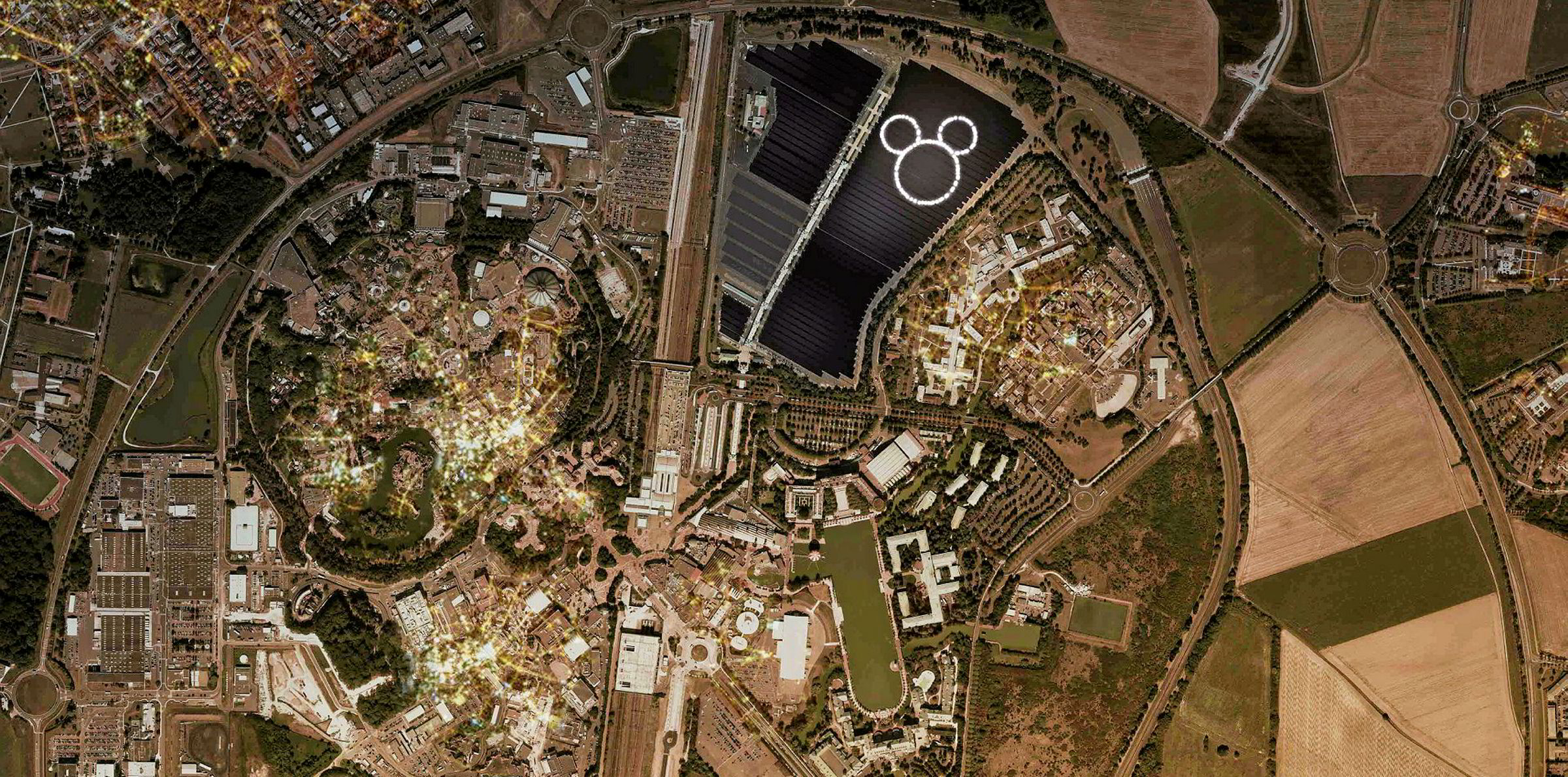As the American people near their Presidential decision day, the week brought plenty of evidence of the huge significance of November’s election for US renewable energy, and its wind industry in particular.
Get the market insight you need into the global oil & gas industry's energy transition – from the new newsletter from Upstream and Recharge. Sign up here
President Donald Trump and rival Joe Biden clashed over wind power during Friday’s final election debate, with the former returning to a familiar attack mode – "I know more about wind than you", "turbines kill birds" and are "more polluting than gas plants". By contrast, the Democrats' candidate, who recently unveiled his $2trn Green New Deal for the US should he win on 3 November, hailed the industry as a beacon of new “good-paying jobs”.
The irony is that wind and solar – the latter of which Trump patronised rather than insulted by claiming “it’s not quite there yet” – have flourished over the last four years, albeit despite rather than because of the climate-sceptic president.
But such is the gulf between the two there’s no doubt that the world will be a very different place for US renewables on 4 November depending on the outcome of the election.
A glimpse of what a Biden presidency could look like came this week when House Democrats introduced a bill to set America’s first offshore wind target in federal waters, eyeing 25GW by 2030.
The gathering momentum of US offshore wind was underlined when some of the world’s biggest developers confirmed they’ll be involved in New York’s record-setting next tender for up to 2.5GW of power from wind at sea. Orsted, Iberdrola-owned Avangrid and Equinor will all take part.
Meanwhile, Vineyard Wind’s pioneering 800MW project off Massachusetts will be ready to go “within minutes” of a federal construction permit being granted, and on the equipment side GE Renewable Energy confirmed its flagship Haliade-X offshore turbine is now operating at 13MW, taking the sector to new heights of power output.
There was some straight talking at the BloombergNEF summit as top executives from oil majors and power utilities swapped credentials as leaders of the energy transition.
The two sides of the coin were best summed up by Enel X CEO Francesco Venturini, who contended that the fossil giants have a strategy that amounts to little more than EV charging at their existing fuel stations, while Shell New Energies chief Elisabeth Brinton argued from the other side that her company has a brand recognition the power giants could only dream of.
Whoever is driving the energy transition will need an effective transmission and distribution network, and the summit also marked the launch of a major initiative by many of the world’s biggest power system operators to sweep away the technical barriers to renewables integration.
Network-related innovation was on display as Recharge reported how a Dutch solar project will pioneer the integration of hydrogen production in a bid to ease grid congestion.
Innovative solar-hydrogen technology also featured in one of Recharge’s most-read articles of the week, a report on how oil group Repsol hopes to use solar energy directly for hydrogen production without the need for electrolysis or electricity.
Another reminder of the increasingly epic scale of global green hydrogen ambition came when Australia’s government said it will fast-track a 15GW wind and solar plant that will be the world’s largest renewable energy complex – with most of it devoted to H2 production.



